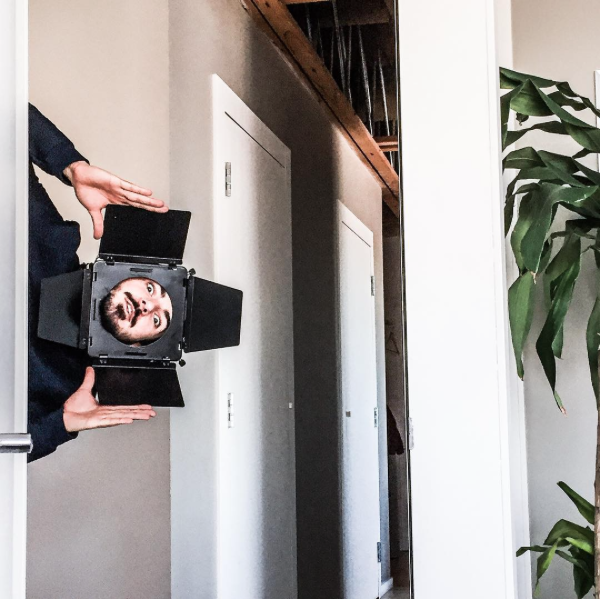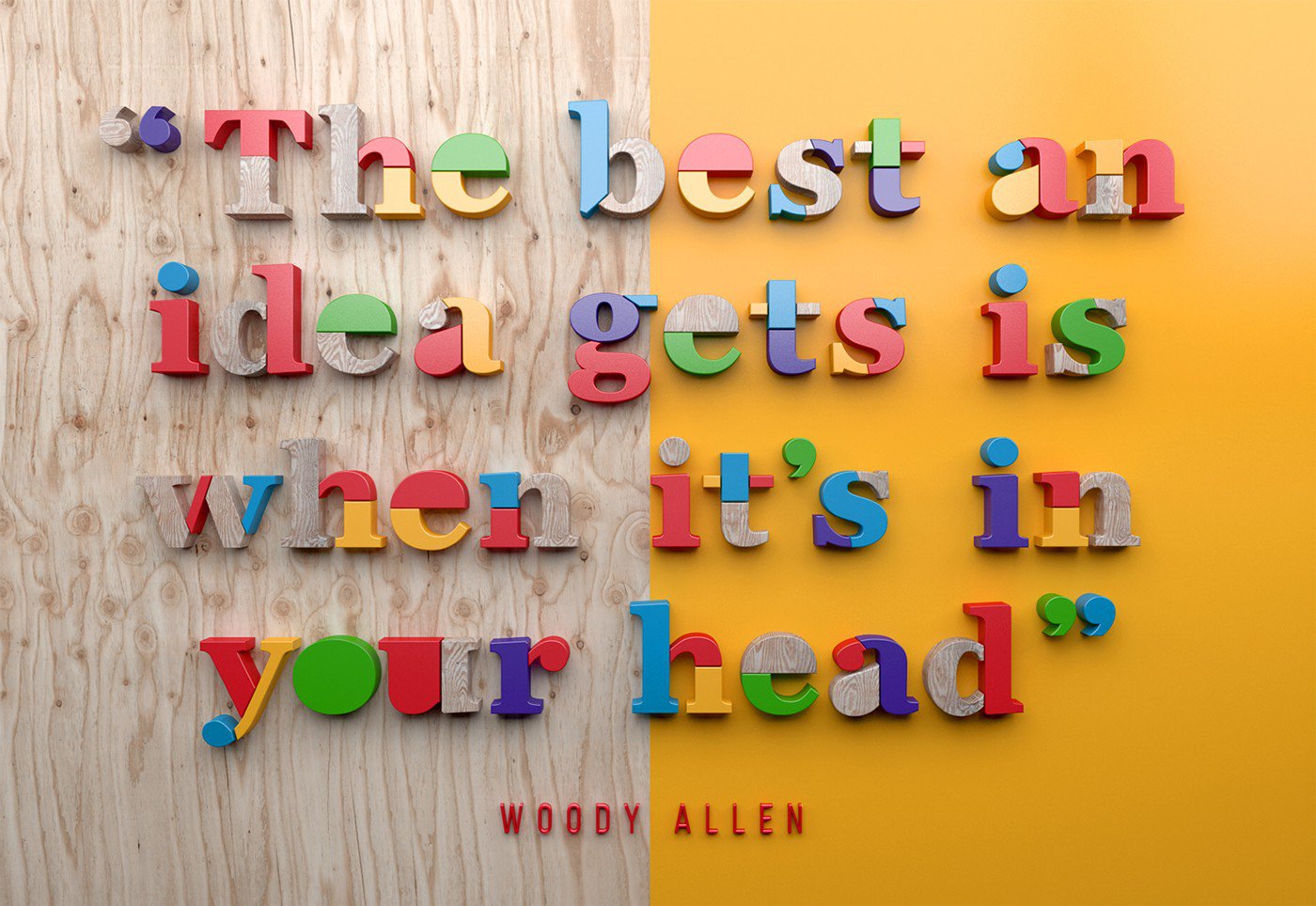We live in a society that prizes creativity with increasingly more job applications calling for "creative thinkers." But what does it mean to be truly creative? And how can we possibly be creative all the time?
Researchers have looked at creativity from many different perspectives, including the mechanics behind ideas, the dynamics of creative group work, and even how the very institutions that are meant to educate and enlighten us sometimes stifle our creativity instead.
The fact is, you don't have to compose your first symphony at age eight (thanks Mozart), or publish Frankenstein when you're just barely out of your teens (way to set the bar high Mary Shelley). Creativity isn't just about being the next Picasso, writing the best haiku anyone has ever read, or being a master of prose. Creativity is about being able to innovate, think outside the box, and come up with new and exciting solutions to old problems.
The left side, right side debate
How many times have you heard that if the left side of your brain is dominant, you're the logical, thoughtful type, and if the right side of your brain is dominant, you're the creative prodigy? If you're a brainy lefty, trying to get creative ideas out of you would be a colossal waste of time, right?
Wrong.
Although your brain does have specializations, one side is not more dominant than the other; rather, creativity flows through your entire brain and uses areas of the sensory cortex, higher level processing, as well as language and memory. In other words, your entire brain is rooting for your creativity!
Bad habits are what keep people from tapping into their creativity, and not some natural predisposition to lack it.

Photo Credit: Haiku Deck
Find the box and step outside it
Creativity is about more than the artist in us; it's about our ability to think outside the box, to see and understand things differently, to think differently, and to provide innovative, sometimes downright disastrous solutions to problems. The point is this: you don't know if it's going to be a disaster until you try it.
A group of researchers from Ohio University found that the notion of thinking about what "could have been" resulted in people doubling their creativity and coming up with even more creative solutions to future problems.
When you restrict yourself to the confines of thinking inside the box rather than gaining some outside perspective, you become trapped in the parameters of said box. To come up with good ideas, you have to feed your mind. We're not saying take a one-year hiatus from life and travel the world (although that would be pretty sweet), we're saying do things that put you ever so slightly out of your comfort zone. Remember, new information equals new ideas, even if that new information comes from a bad experience. Post-secondary institutions may teach us critical thinking skills (important skills nonetheless), but there's no substitute for real-world experience—experience that shapes our perceptions and understanding of a problem.

Unless it's a "Eureka" moment, it's not creative
Sometimes, perhaps. Certainly not always.
Bursts of creativity are similar to seemingly sudden overnight success stories. When an inventor finally makes that breakthrough in his design, he didn't just "get lucky" or have a "Eureka" moment. He has put months, years, even decades of work into this idea, this grand scheme, and has finally seen the fruits of his labour manifest themselves one unassuming Tuesday morning when he tweaked that same knob he had tweaked countless times before, one final time. He didn't simply get lucky, he worked for this moment.
Similarly, creativity doesn't just dawn on you as you're watching the leaves change colour in the fall. You're inspired every day, whether you realize it or not. A designer may be inspired to launch her next collection over the course of months spent absorbing different cultures, reading the strangest of books, chatting with locals at the supermarket, and allowing her mind to wander.
Don't feel pressured to come up with extraordinarily creative solutions on the spot. While some people may thrive under pressure, others need time to digest what they understand a problem to be before coming up with a solution. Give your mind some time to rest and yes, that even includes sleep!

Photo Credit: Canva Design School
Take a walk
Walking and thinking have long gone hand-in-hand. We walk to clear our minds, to observe our surroundings, to feel the crisp winter air on our slightly windburned cheeks, but most of all, we walk to allow our minds to aimlessly wander. Charles Dickens, Henry David Thoreau, George Orwell, and Friedrich Nietzsche were all walkers, so you're in pretty good company.
Even walking on a treadmill can improve creative thinking according to one study from Stanford University. This is good news for those of us living in near-Arctic conditions.

Photo Credit: BBC News
But seriously, put your cell phones, iPods, tablets, carrier pigeons, or whatever else you use to communicate with the world away, and just walk. Don't be a "smartphone map zombie" and look up every once in a while, not only to avoid being hit by a car, but also to take in your surroundings.
"As a single footstep will not make a path on the earth, so a single thought will not make a pathway in the mind. To make a deep physical path, we walk again and again. To make a deep mental path, we must think over and over the kind of thoughts we wish to dominate our lives." – Walking (Henry David Thoreau)
Time to let your creative juices flow.





